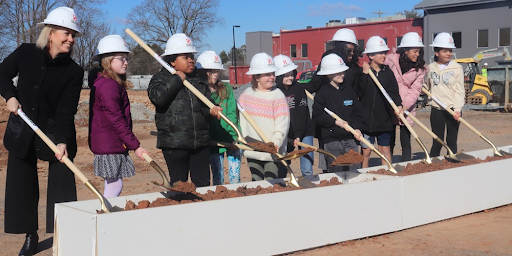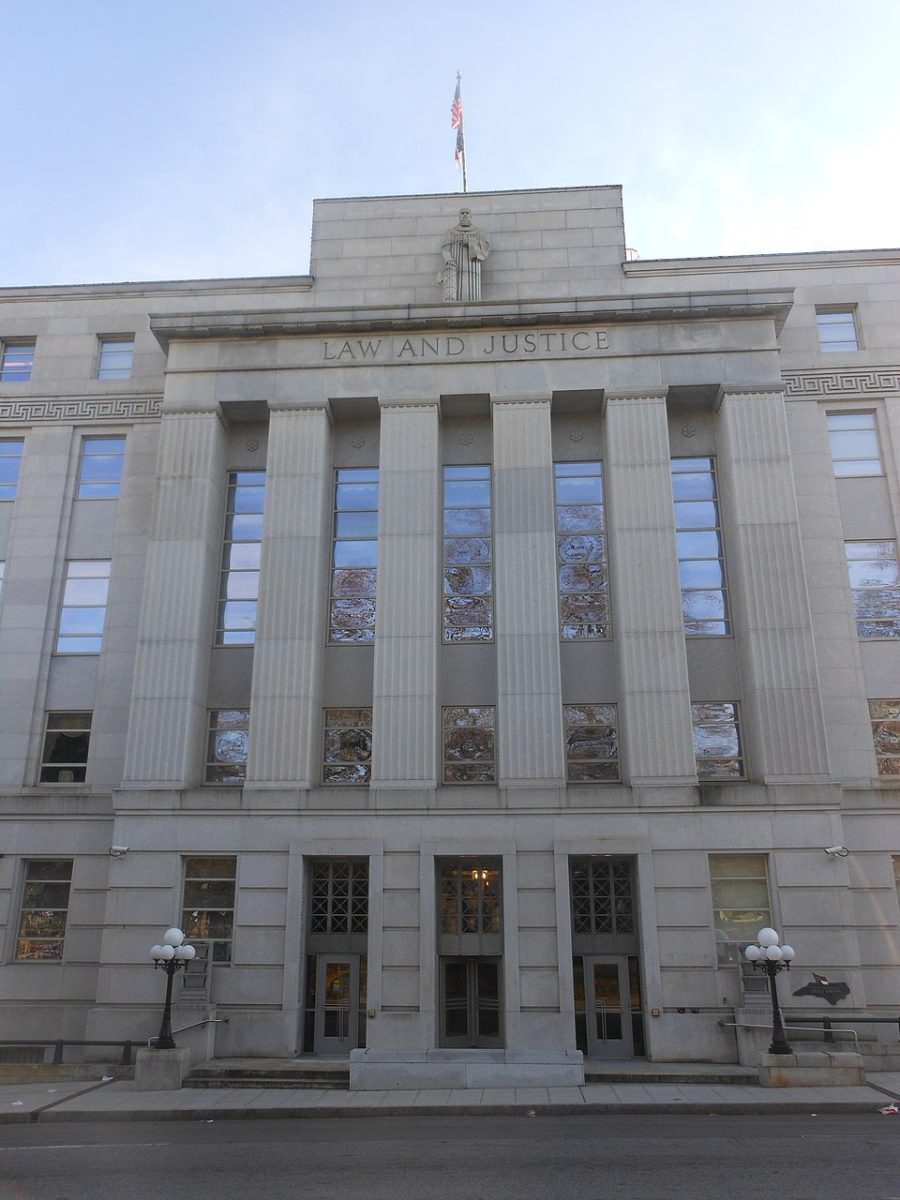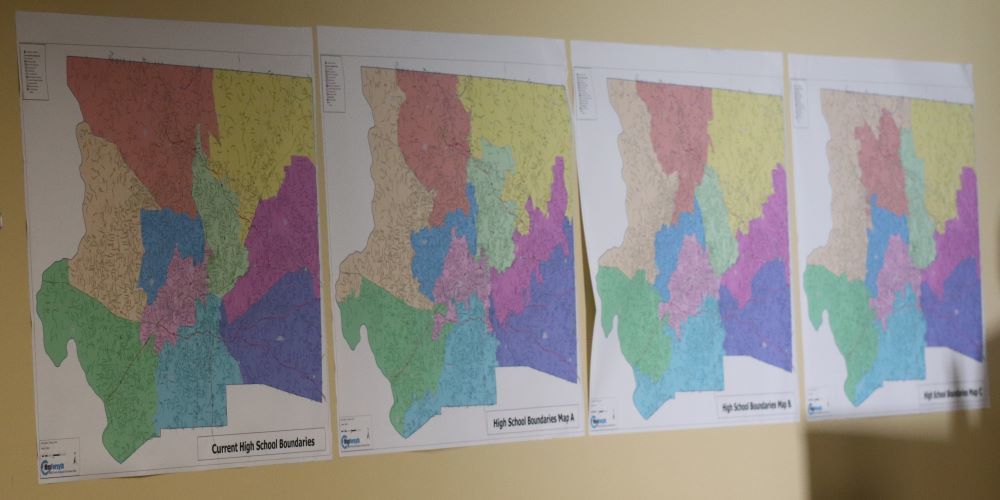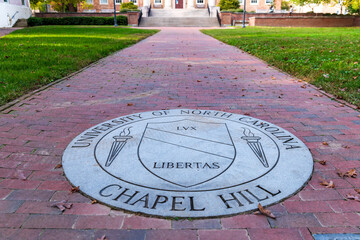On Monday, Feb. 17, construction began on the replacement Brunson Elementary School building, the latest development in a decade-long process that has sparked controversy due to environmental contamination of the site.
Winston-Salem/Forsyth County Schools (WS/FCS) is entering an agreement with the North Carolina Department of Environmental Quality to safely develop the land between 10th Street NE, Ivy Avenue and N. Patterson Avenue, home to several industrial plants over the past century. One business burned down, while several furniture factories dumped coal directly onto the earth. Toxic chemicals from a nearby dry cleaning business also leached into the soil.
The site sat empty from 2006 until 2021, when WS/FCS purchased it. The new Brunson Elementary will be the first public elementary school in North Carolina to be built on a brownfield site. A brownfield contract lays out strategies for developers to be able to safely use formerly abandoned and contaminated land.
Leaders and community members react
Darrell Walker is the senior executive director of construction and planning for WS/FCS and has been involved in the Brunson Elementary project since 2015, when the district first decided the 63-year-old school needed to be replaced. Apart from general deterioration, the current building has also experienced flood damage from a nearby creek that occasionally overflows.
According to Walker, the school district selected the new property from over 20 options within the attendance zone and conducted approximately half a dozen studies to assess environmental risks. Some markers were identified as having high levels for residential use. As students and staff will not be in the school around-the-clock, though, the city found no cause for concern.
“It was enough, [however], that we felt comfortable needing to enter into a brownfield agreement to protect the Board of Education and future boards,” Walker said. “It guides and tells you how to prepare the site, versus just going there and doing whatever we want to do, and then problems pop up down the road.”
Walker clarified that the word “brownfield” does not describe the condition of a property, but rather refers to an agreement between North Carolina’s Department of Environmental Quality and land developers. An underground monitoring system that will keep track of contamination levels and a vapor mitigation system to keep harmful fumes from entering the building will be used at Brunson Elementary.
“If we see some markers change, we know that before it gets too late,” Walker said.
Walker confirmed that there were no protection systems in place outdoors to mitigate the risk of exposure to contaminants. He explained that Brunson’s new playground will be built in a portion of the property that does not show signs of soil contamination.
“Unless you dig down fifteen to twenty feet in the ground, [the students] all should be safe and sound,” Walker said.
While the details of the Brunson brownfield covenant are not yet finalized, records of the agreement process are available online.
The construction process has already faced challenges; according to Walker, the building team has discovered buried bricks, pipes and asbestos insulation. Workers rely on the recommendations of the environmental management plan to properly identify and dispose of such hazardous materials. However, the brownfield agreement does not specifically address labor safety and implements no plans to protect workers.
Walker acknowledged other concerns regarding Brunson’s new location beyond environmental considerations. Some parents question the area’s safety because the property neighbors Samaritan Ministries: a soup kitchen, shelter and substance abuse recovery site serving homeless men. Walker is optimistic, however, that the proximity of the two institutions could instead lead to rewarding community relationships, suggesting that Brunson students could volunteer at Samaritan Ministries.
“Some people will see that as a negative,” Walker said, “but we’re looking at this as a real positive opportunity for kids to get a taste of what the real world is all about sometimes.”
Other parents have expressed dissatisfaction at the prospect of decreased pedestrian accessibility. Many students will lose the ability to walk to school when Brunson moves from its current location in a residential neighborhood to a more industrial zone.
Stan Meiburg, the executive director of Wake Forest’s Sabin Center for Environment and Sustainability, is confident that the land can be safely rehabilitated. He was also impressed that the school district is taking steps to prevent dangerous vapors from entering the building, as most developers overlook that risk.
“From what I can tell, [the school district] did an appropriate investigation… found a couple of hot spots, cleaned them up, and now they’ve prepared [the site] for reuse in what seems to be a very appropriate way,” Meiburg said.
Previously, Meiburg served as acting deputy administrator of the Environmental Protection Agency after a 39-year career at the EPA. Beyond his extensive background in environmental management, Meiburg has paid attention to the Brunson Elementary saga for personal reasons: he attended the school from 1961 to 1964.
“The building is at the end of its useful life,” Meiburg said. “It still looks very much as it did when I was an elementary school student.”
Some community members remain opposed to the construction and have expressed their misgivings at school board meetings and online. When the school district posted a live video of the groundbreaking ceremony on their Facebook page, for instance, they encountered swift backlash.
One commenter, Tanya Malinovsky Piner, wrote “TRAITORS! You’re going to curse kids and staff with harmful ailments. I hope people impacted sue each of you money grubbing liars. Who paid you off?!”
A new chapter for the school
Brunson Elementary is a magnet school that provides Highly Academically Gifted (HAG) services and an academic focus on STEM subjects. It is also a Title I institution, meaning that it receives supplementary funding from the federal government because it enrolls a significant number of low-income students. In the 2023-2024 school year, 367 of the 370 students at Brunson Elementary were eligible for free lunch.
Adverse weather conditions have delayed the construction timeline by a few months, but Walker projects that classes will start at the new Brunson location in August of 2026. Walker is excited to see the school district’s decade-long dream of a reimagined Brunson building finally come into fruition.
“Moving to a brand new facility is a big lift,” Walker said. “It [will] bring a level of excitement to the school that just kind of leaks right on into the classroom.”











